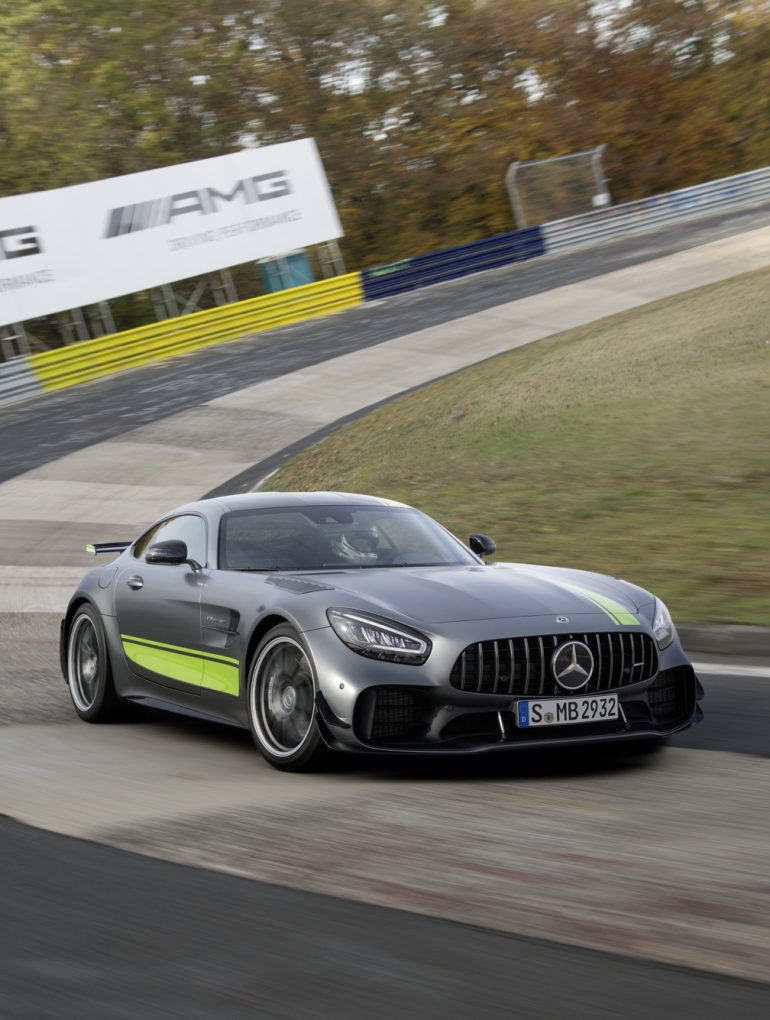In the world of supercar development, there are a variety of factors that each carry a part of the car that goes on sale to customers. The first concepts need to be made, then modeled in a computer or out of clay to give an idea of proportions and looks. Engineers work out what kinds of materials the car will need to be made out of, and in what proportions. Designers craft the interior of the cabin to make sure it is of the quality and luxury a supercar needs to be. Test drivers take out production mules or pre-production test cars to help refine the handling, power, and feel of the car.
It is that last factor that has increasingly become a much more public, and at times much more significant, part of the whole process of making a supercar. This is because in the middle of the Eiffel Mountains, in the West of Germany, the sleepy little town of Nürburg is located, named after the medieval castle it formed around. The tiny town is also the namesake for the most fearsome, fast, technical, and dangerous race track the world has ever seen: The Nürburgring.




